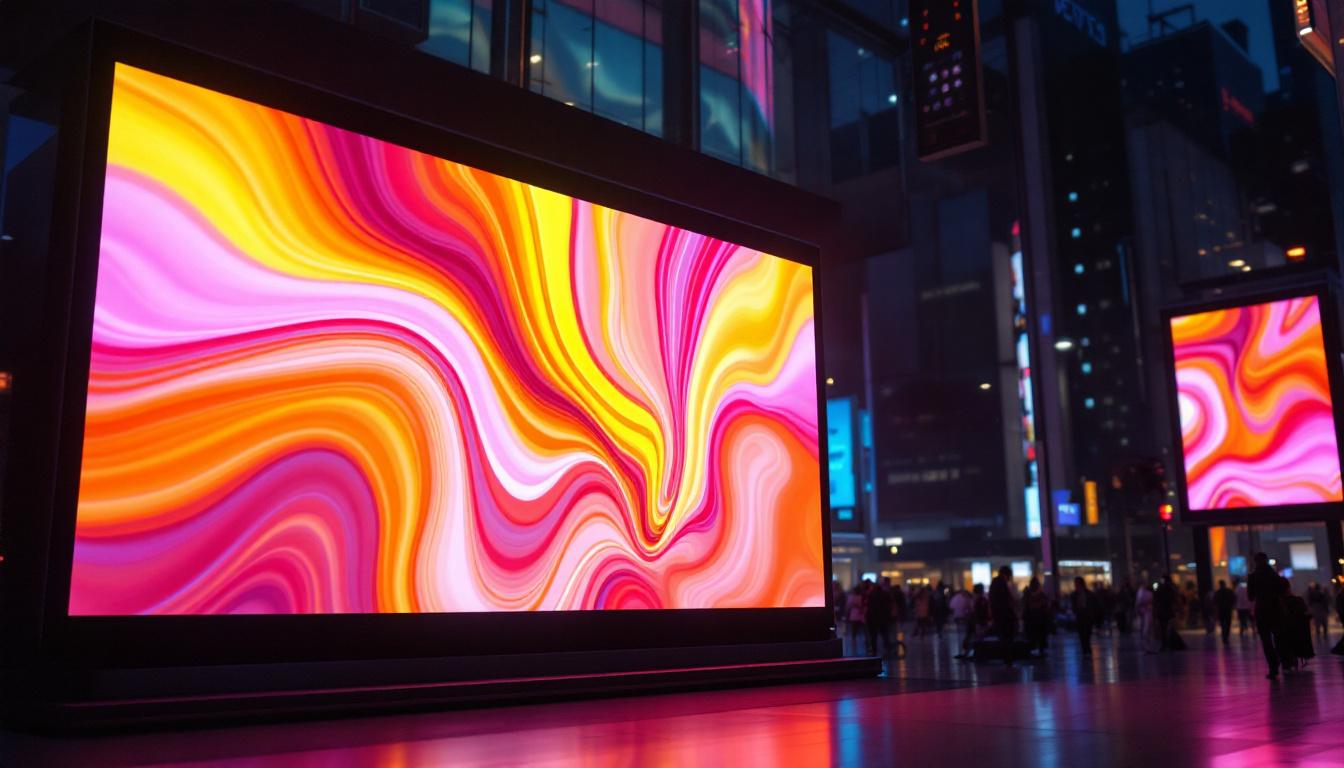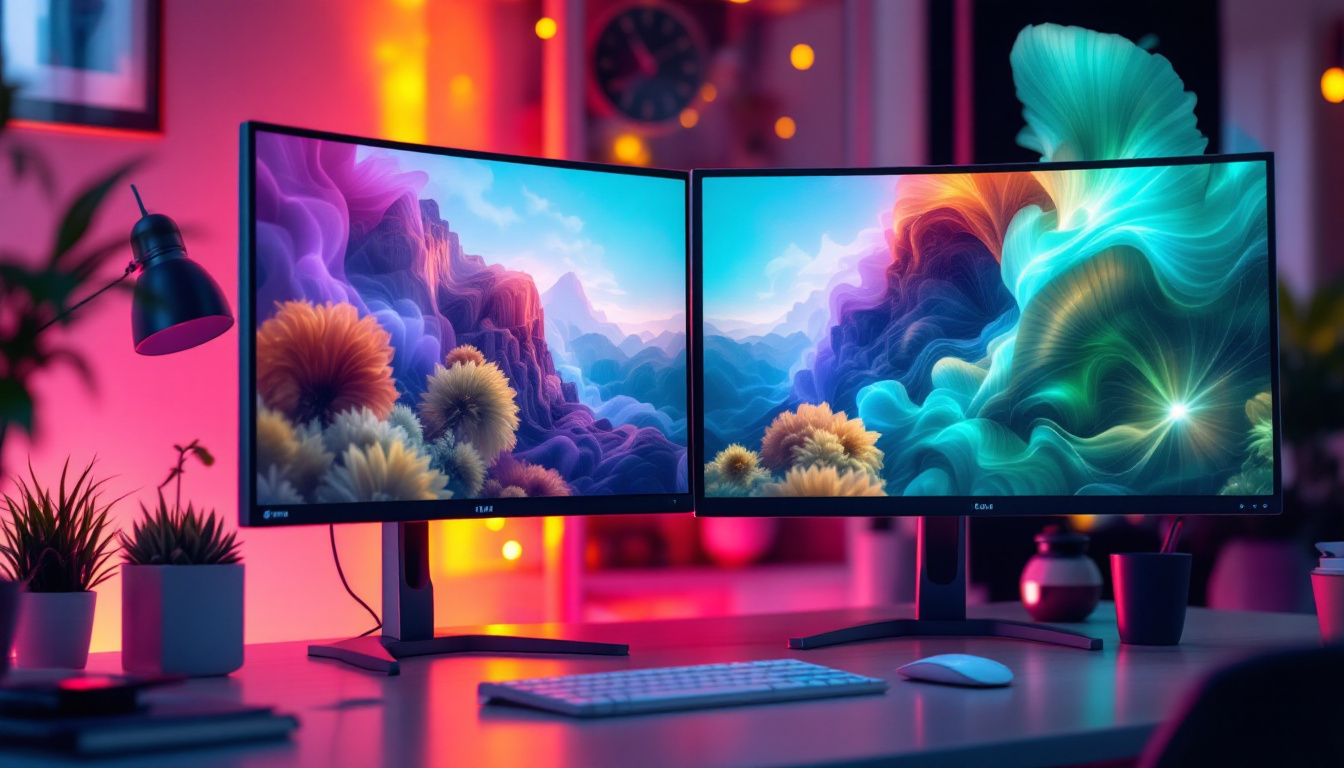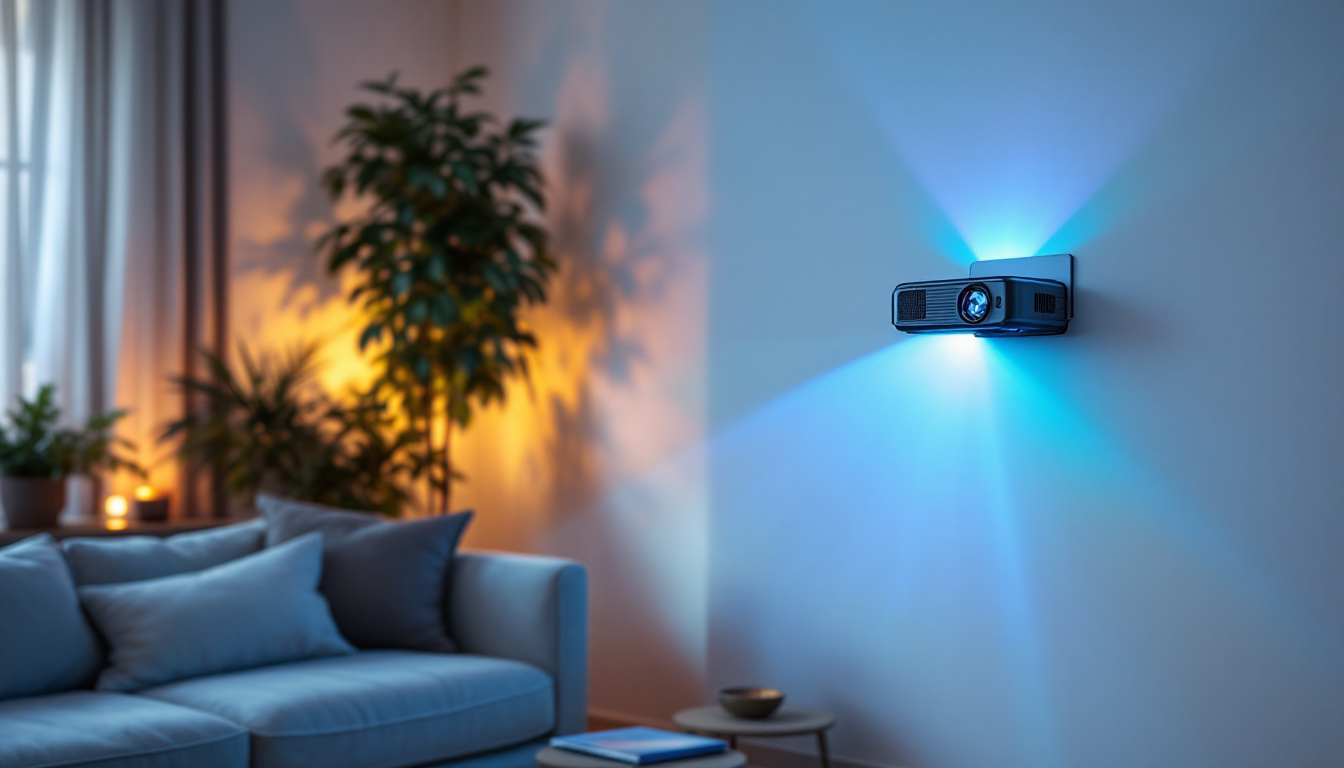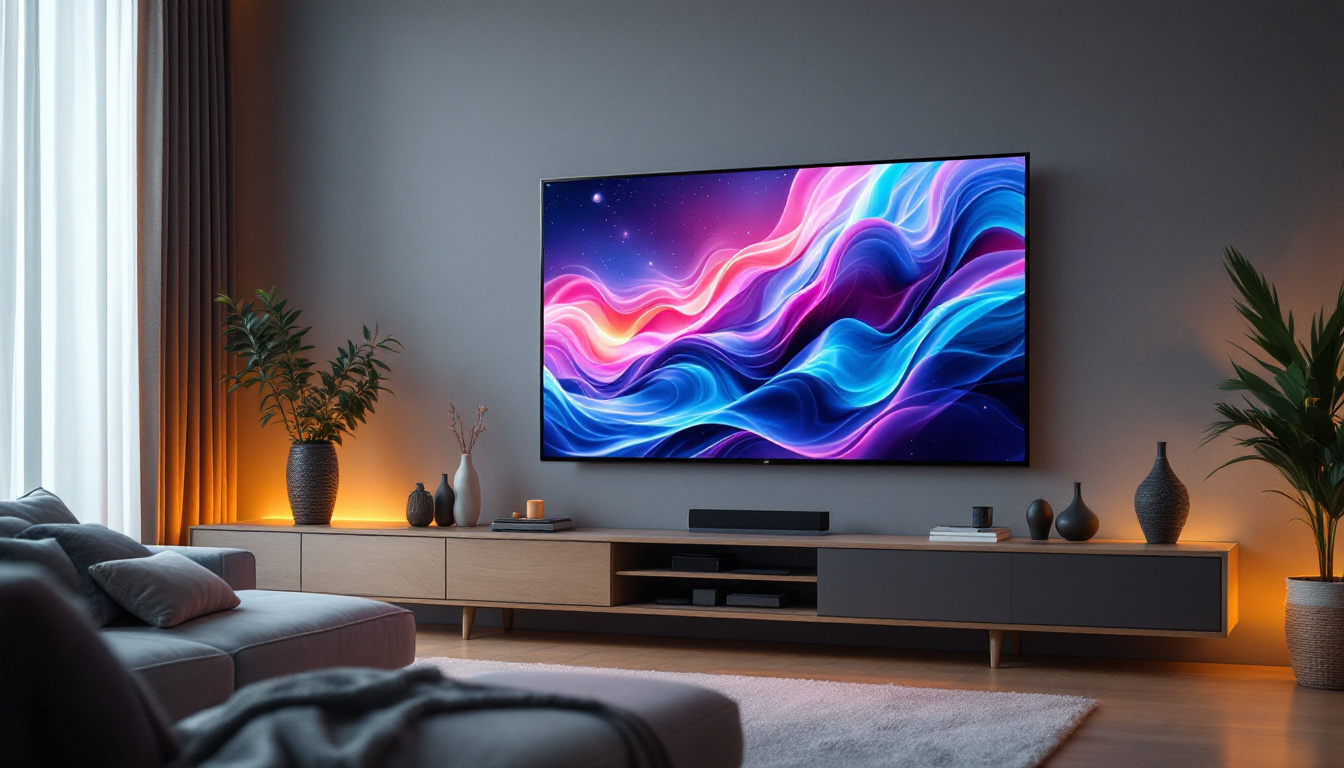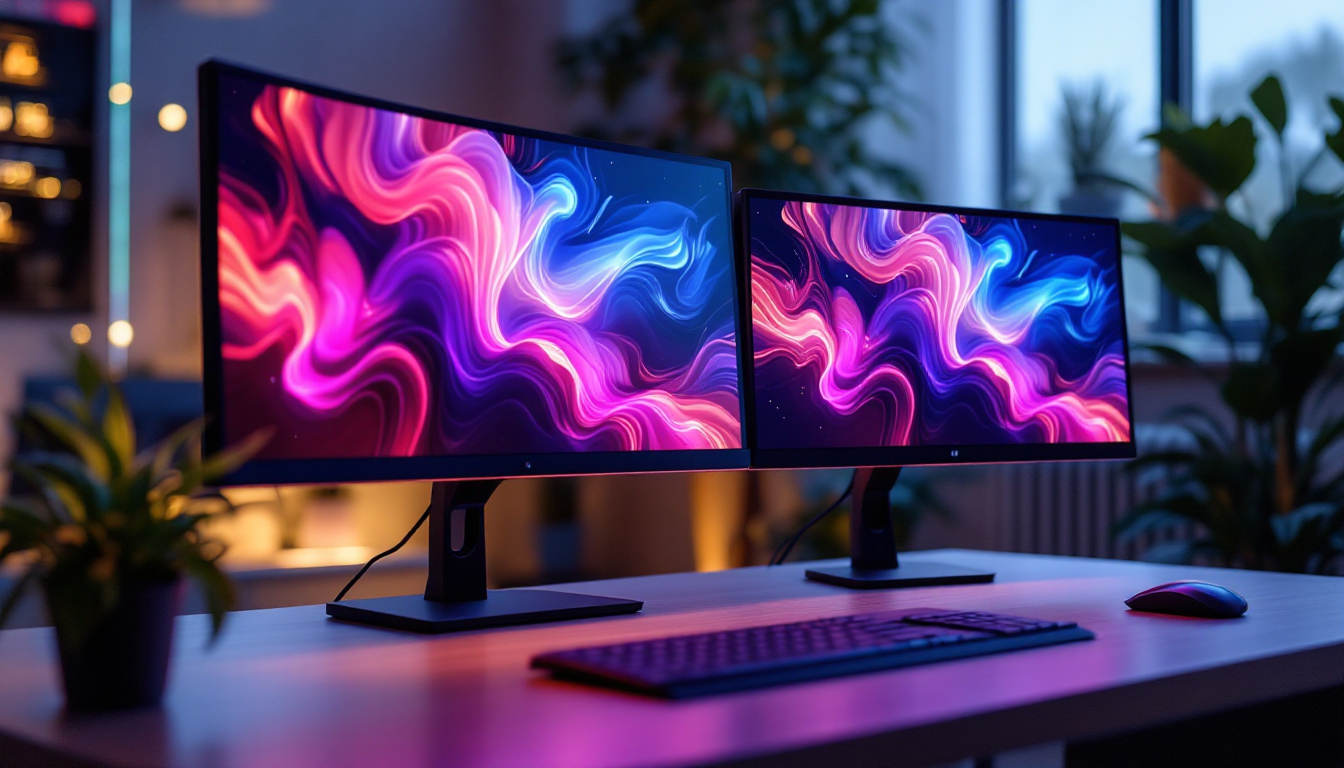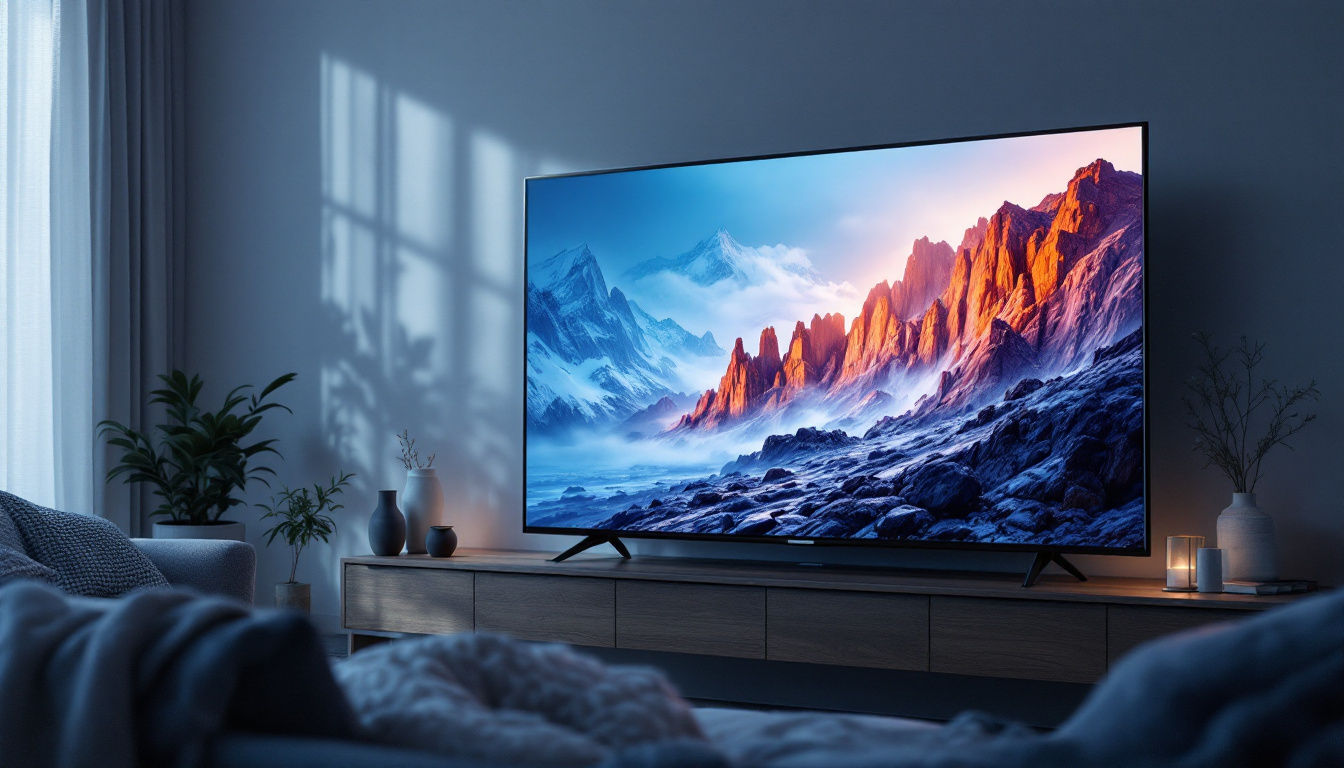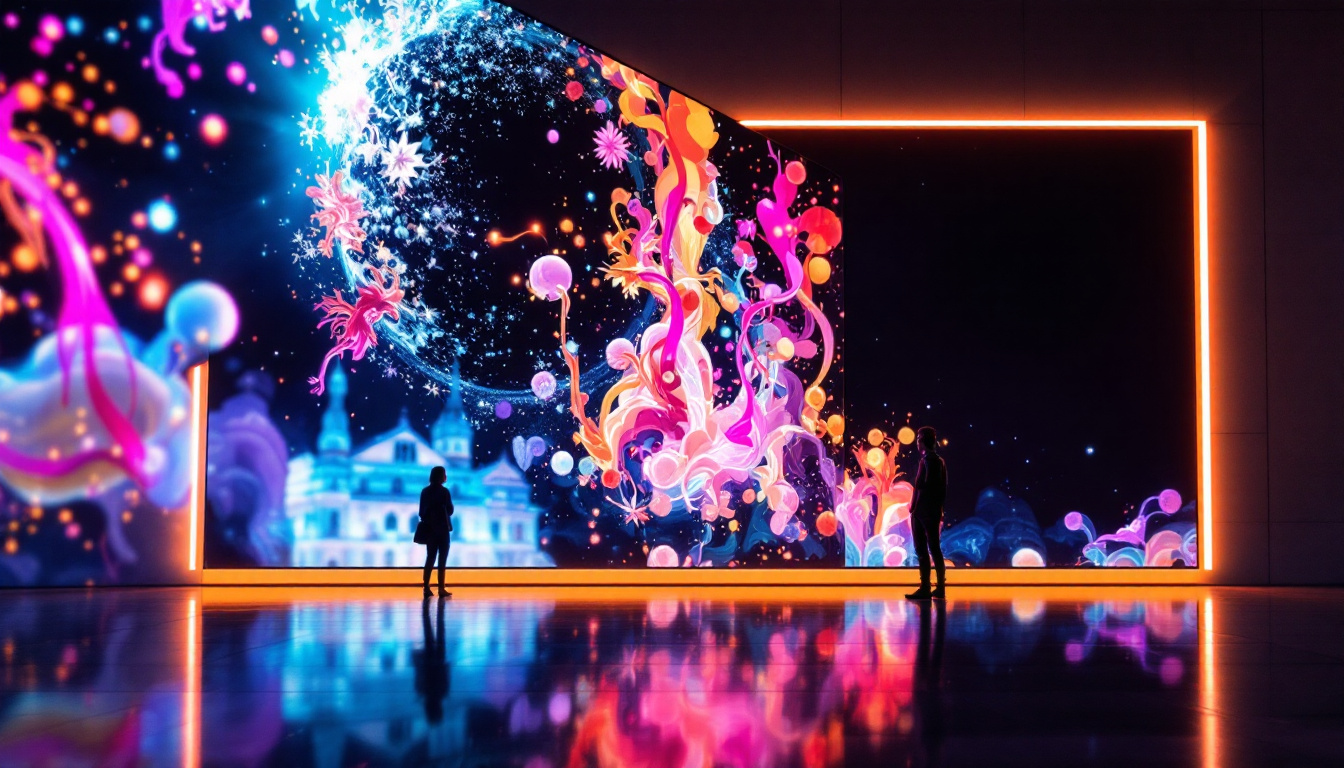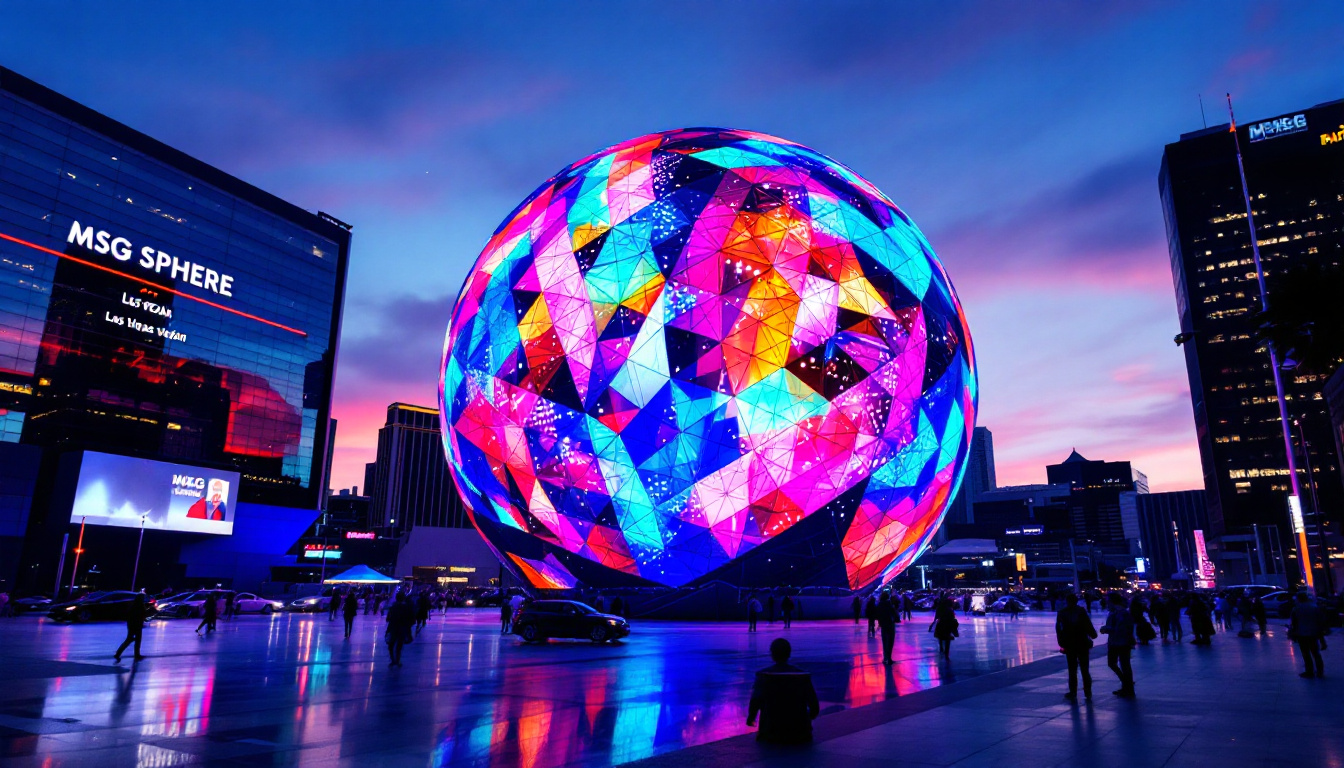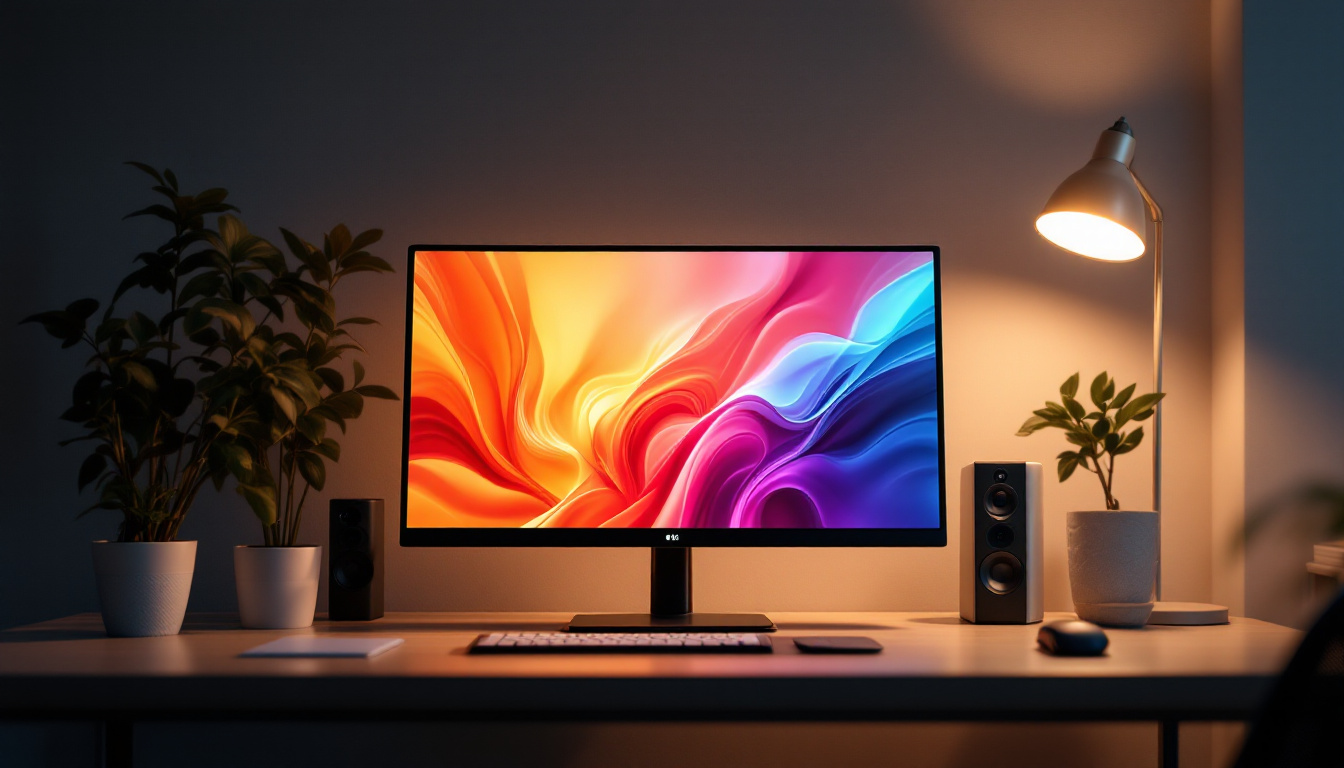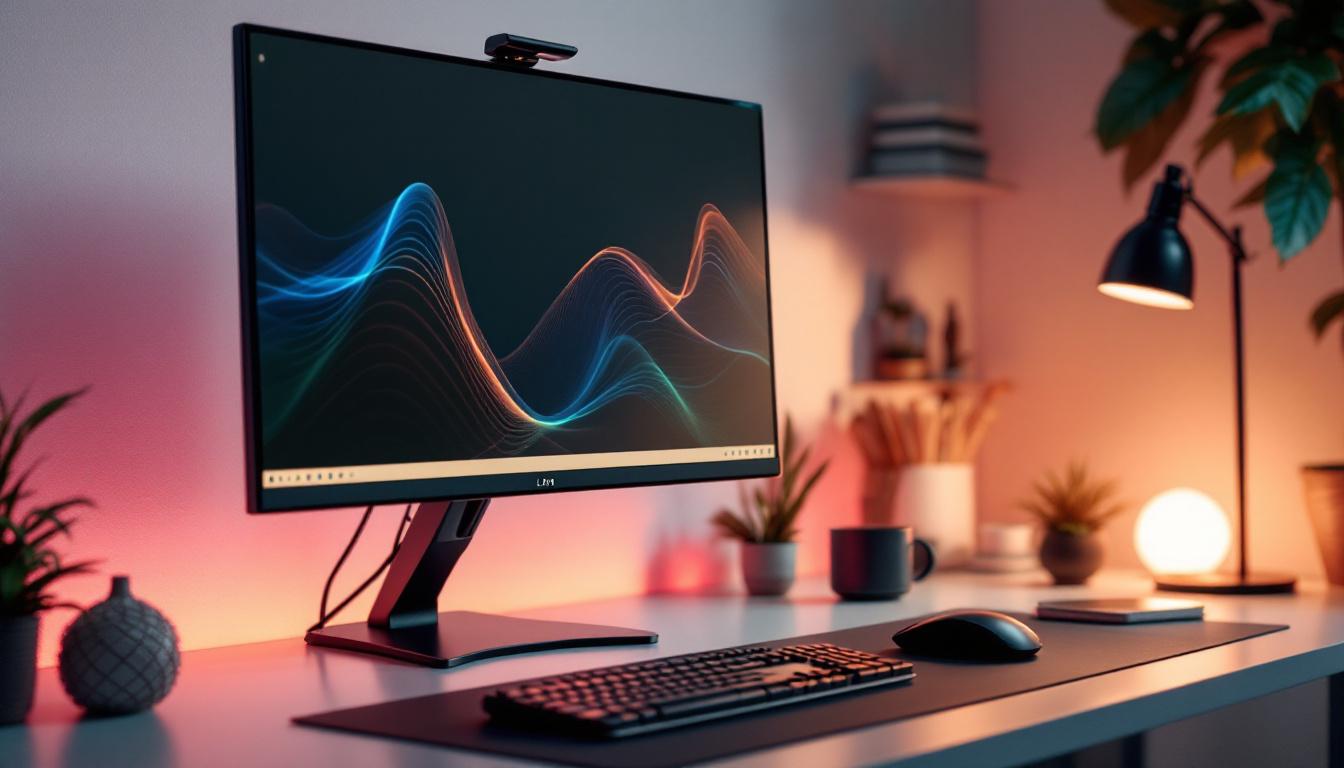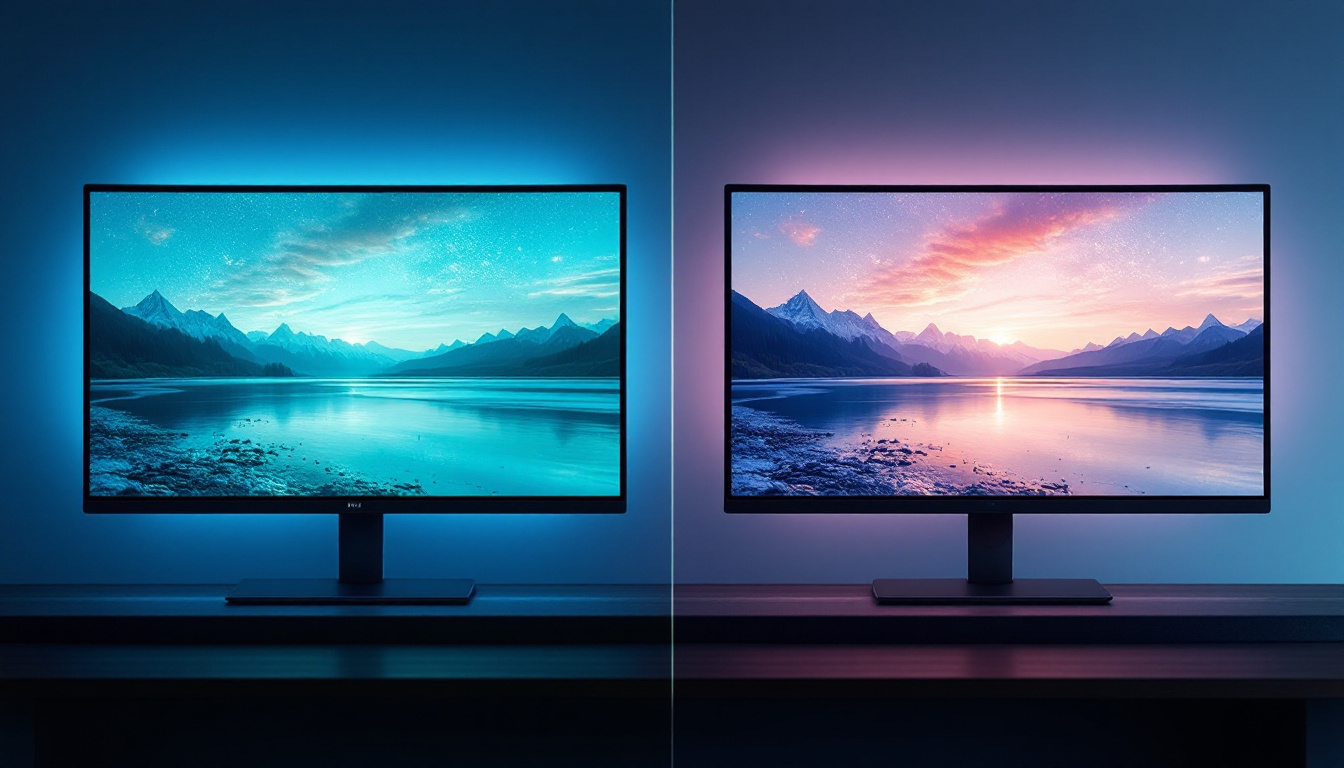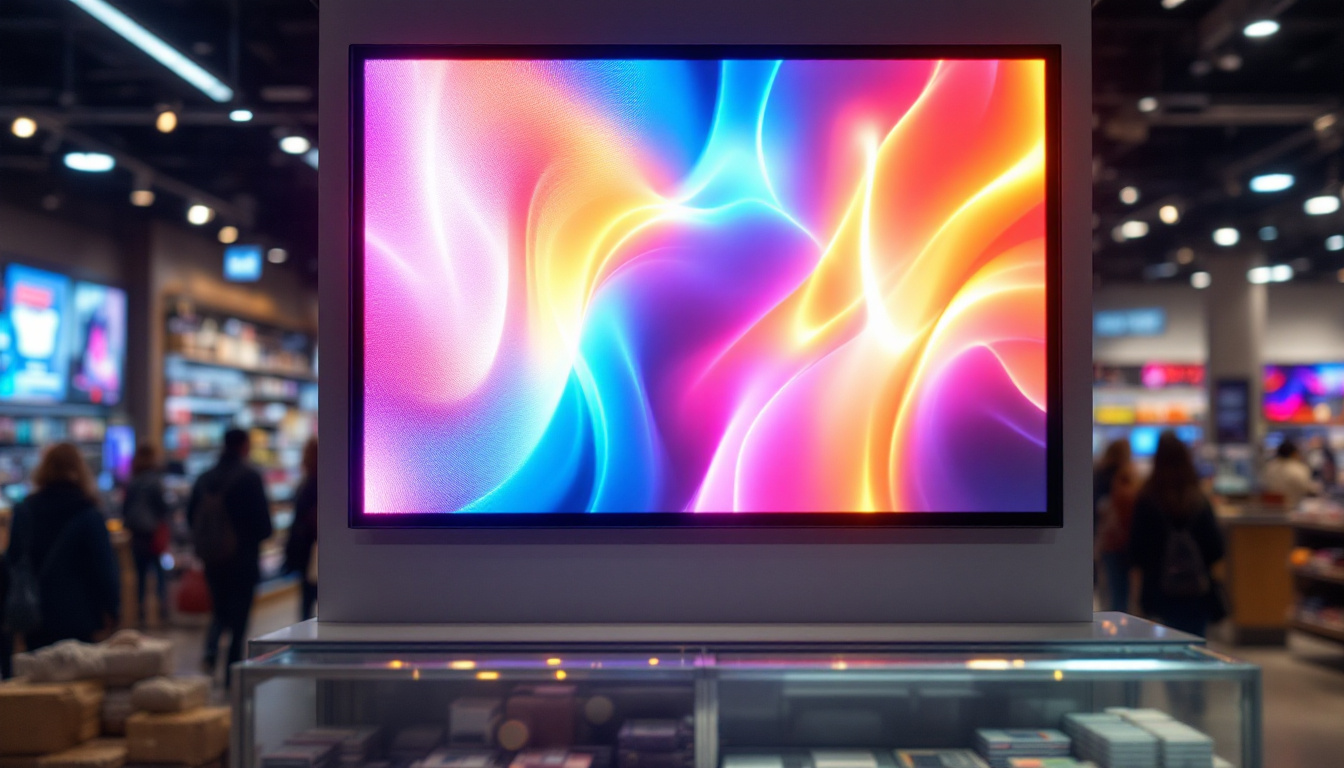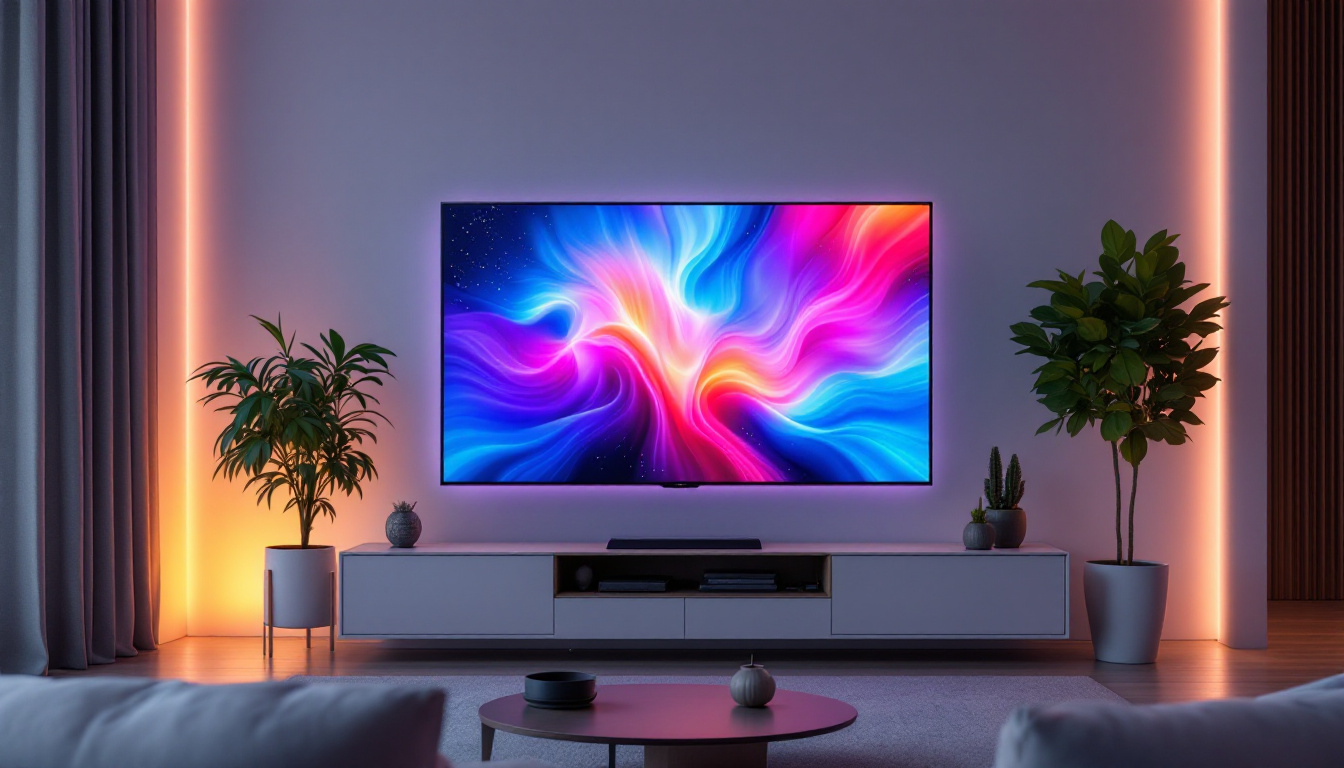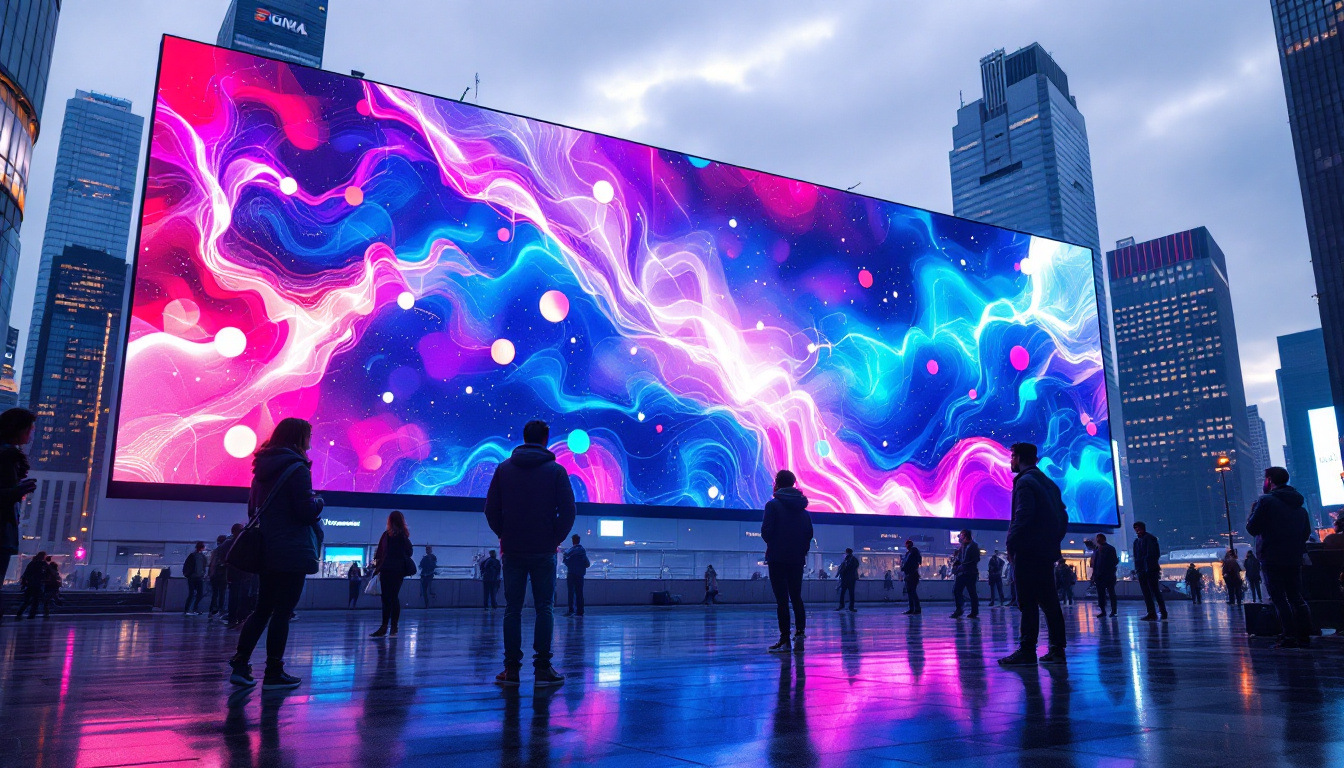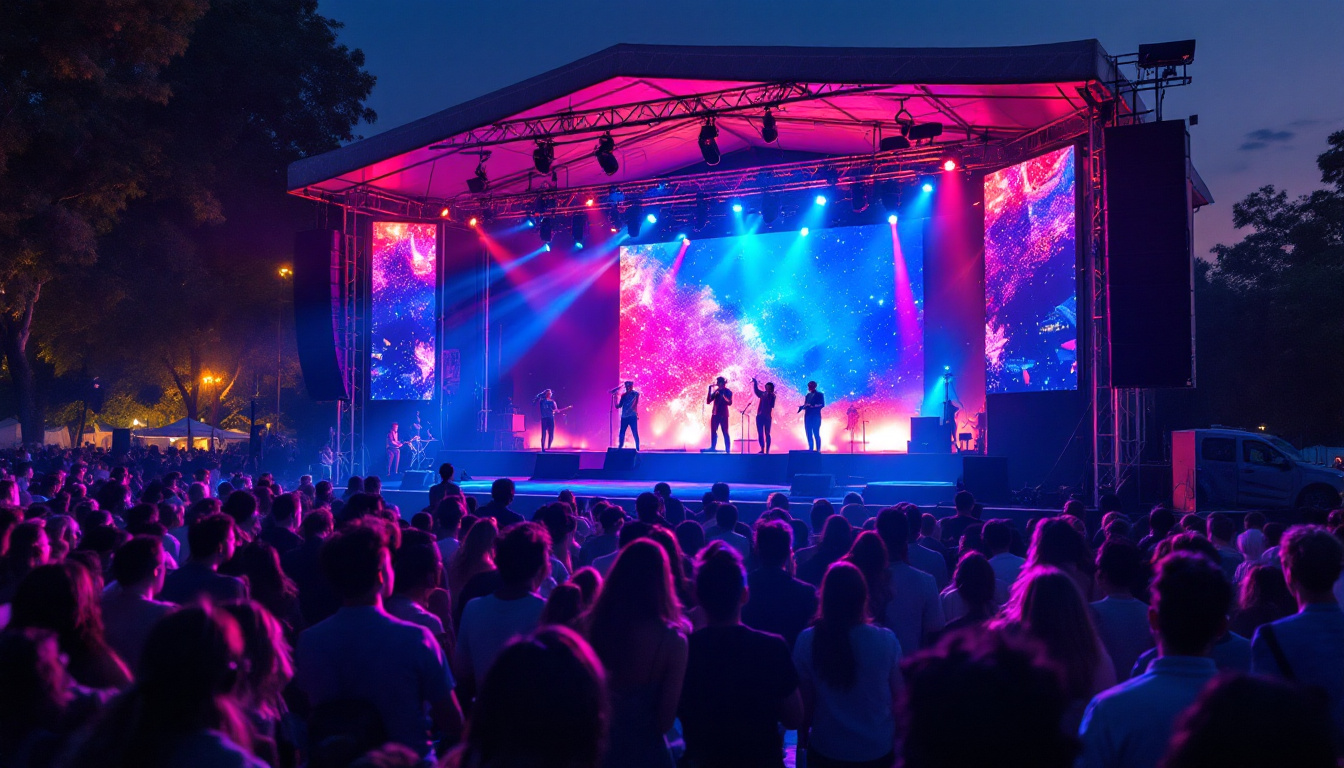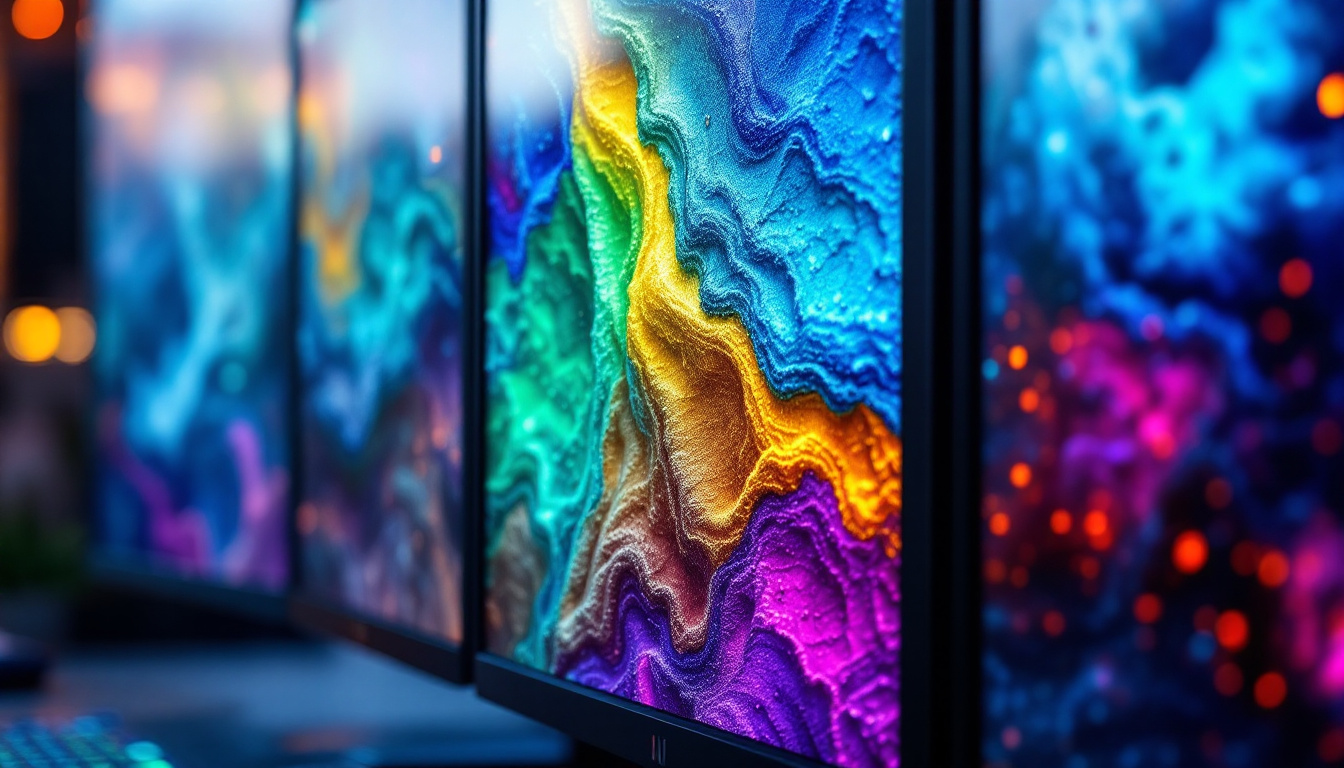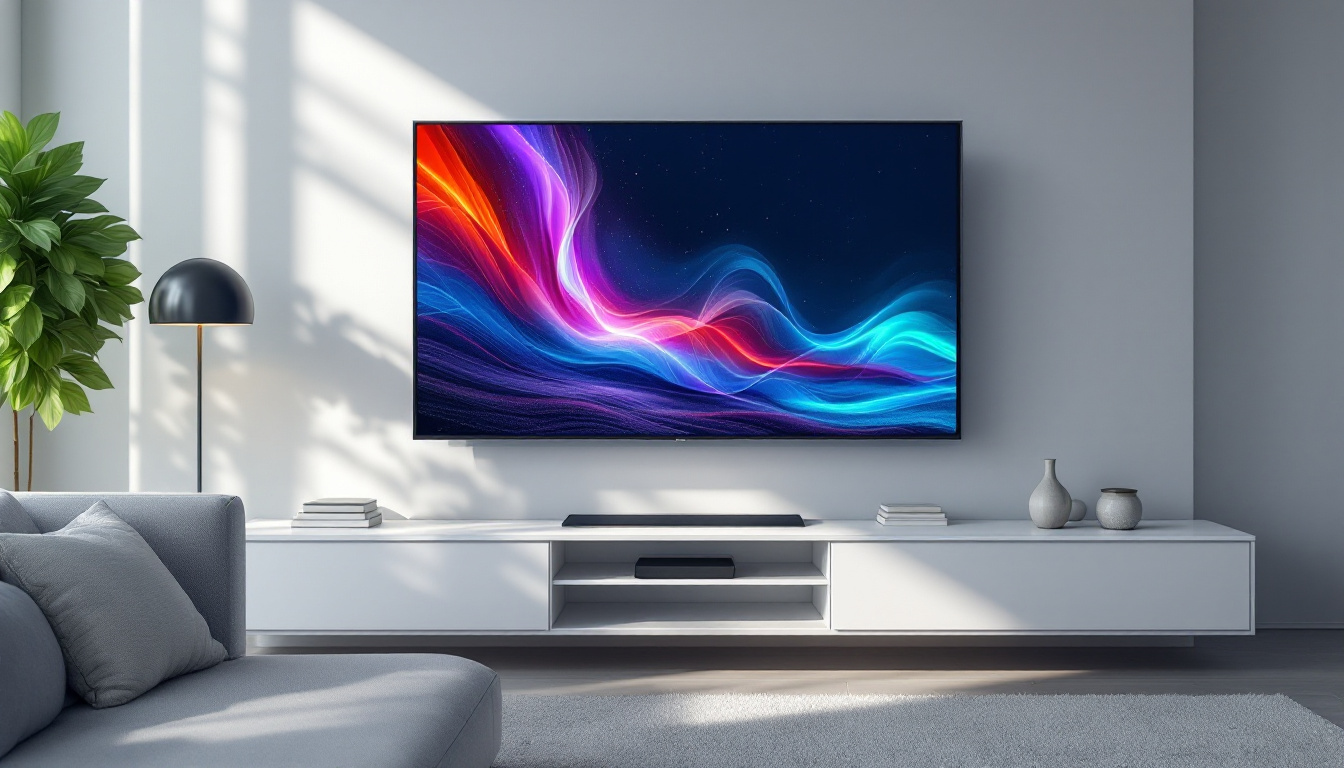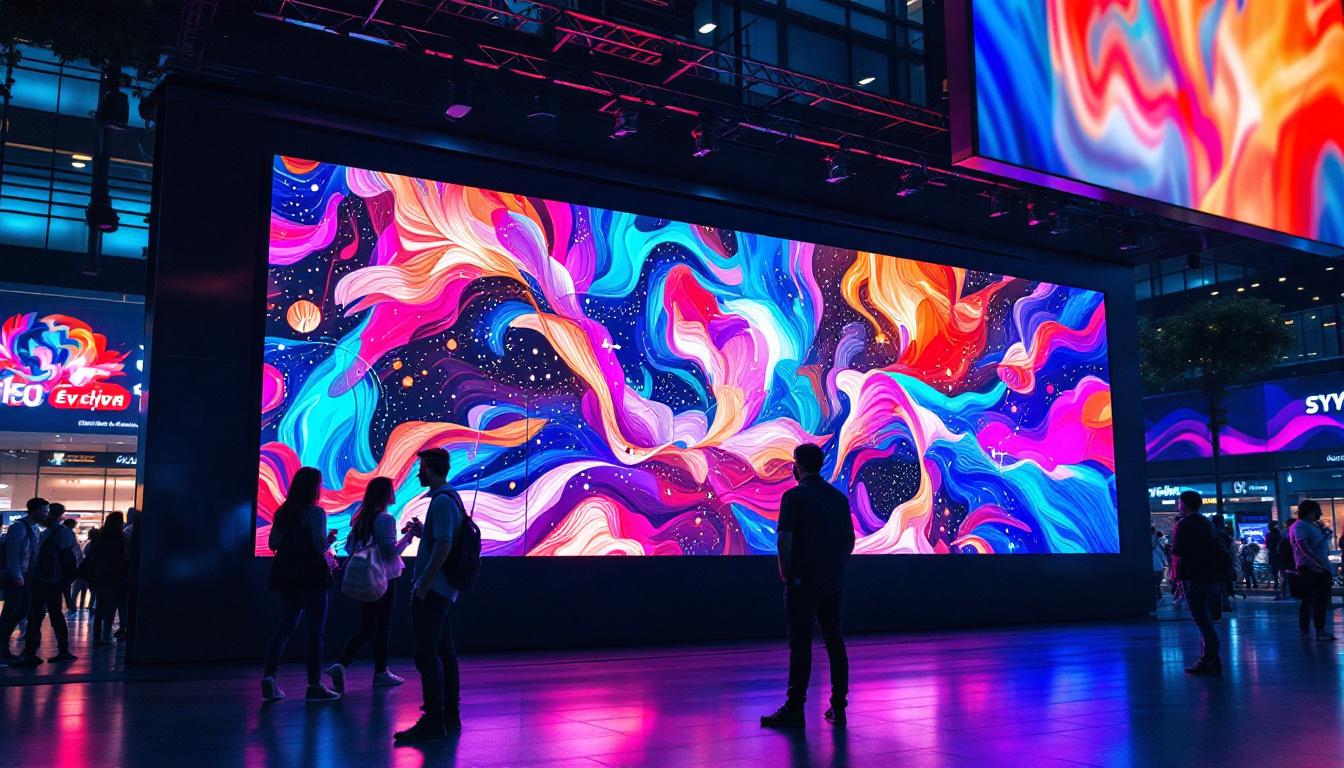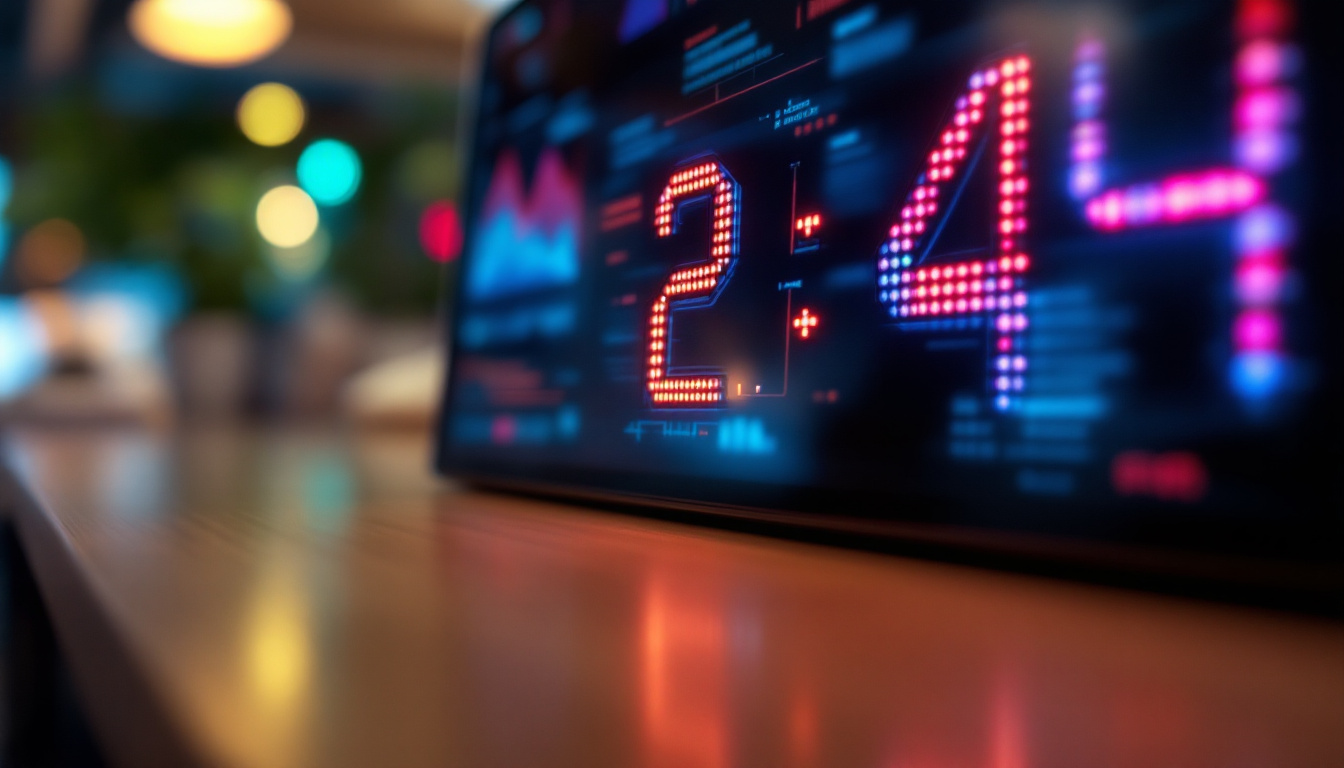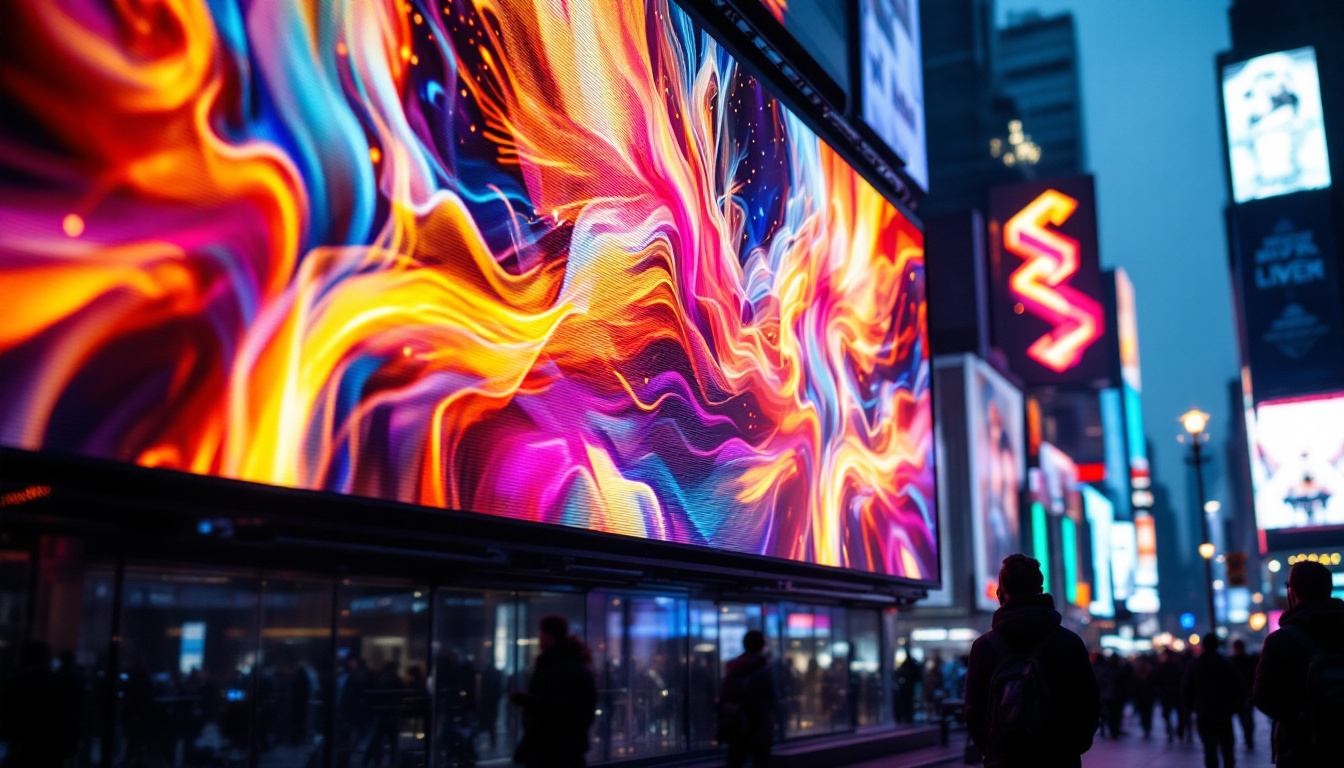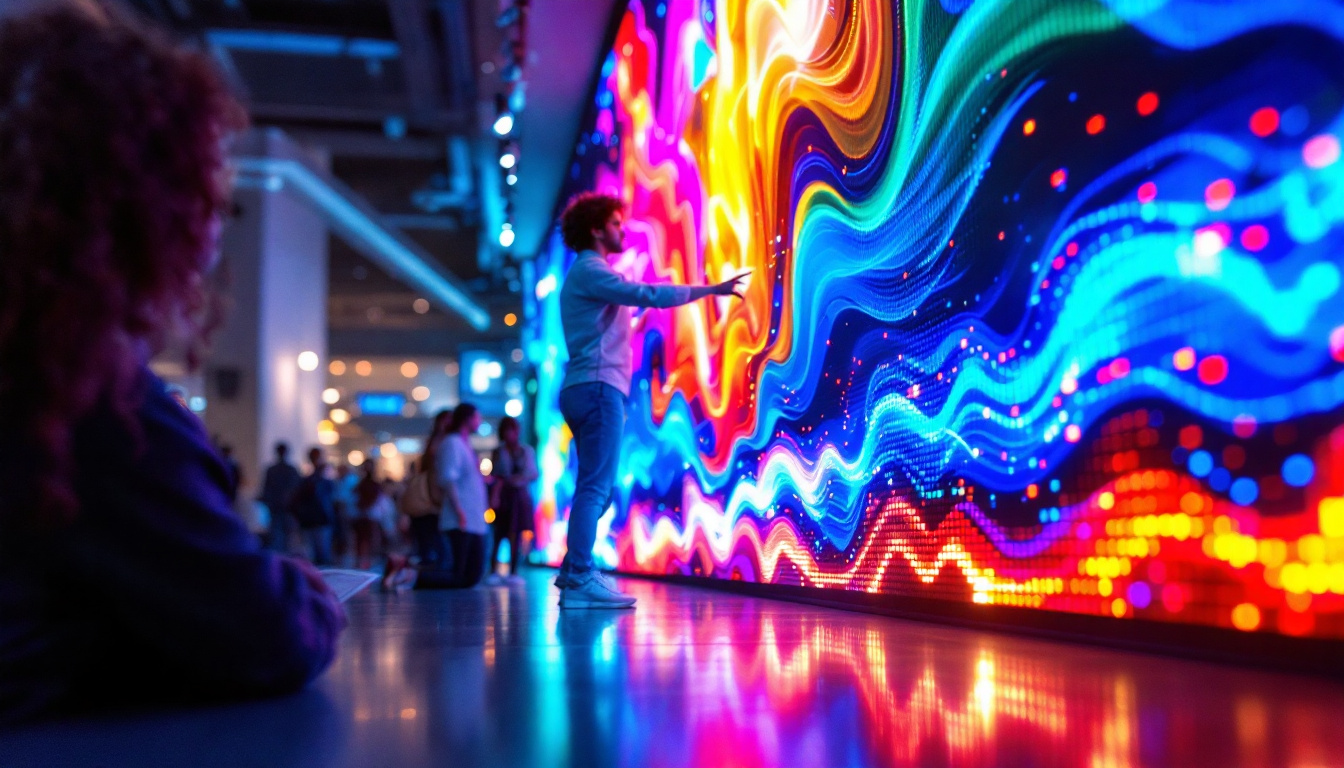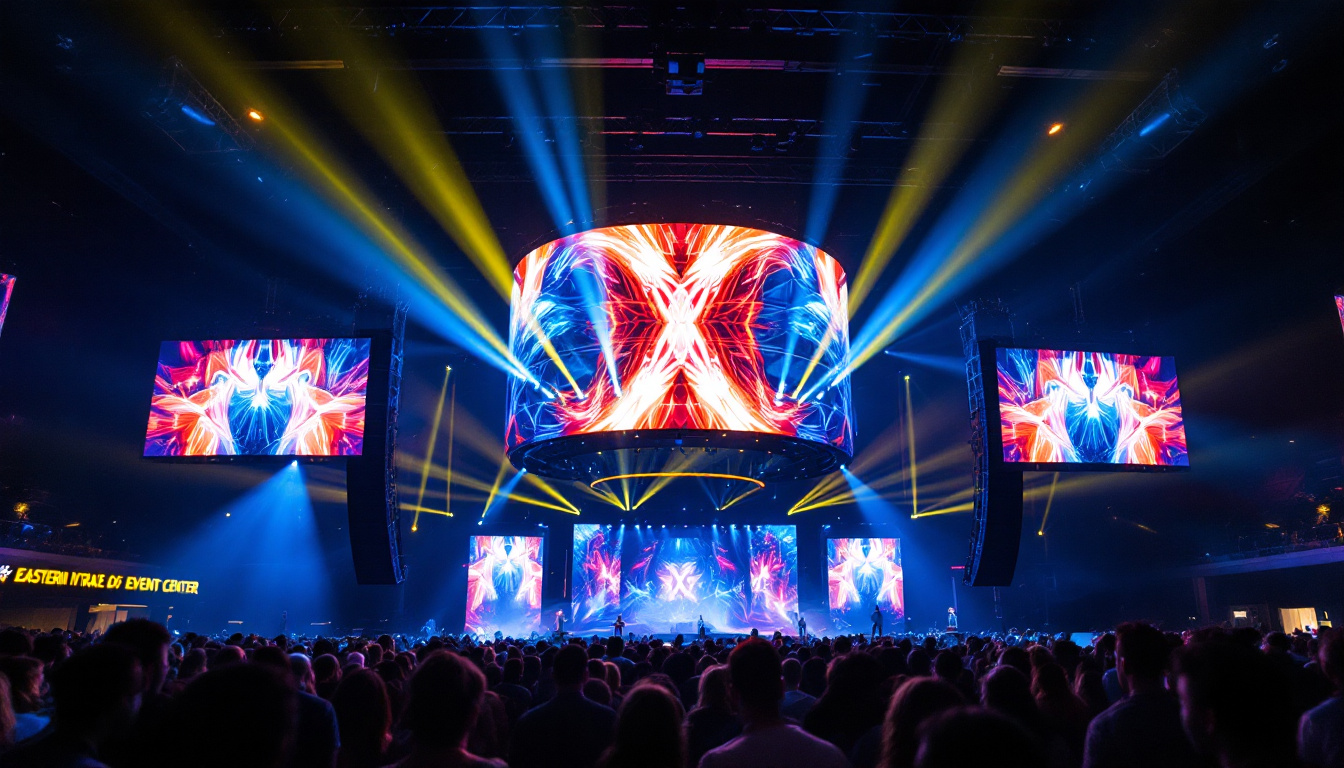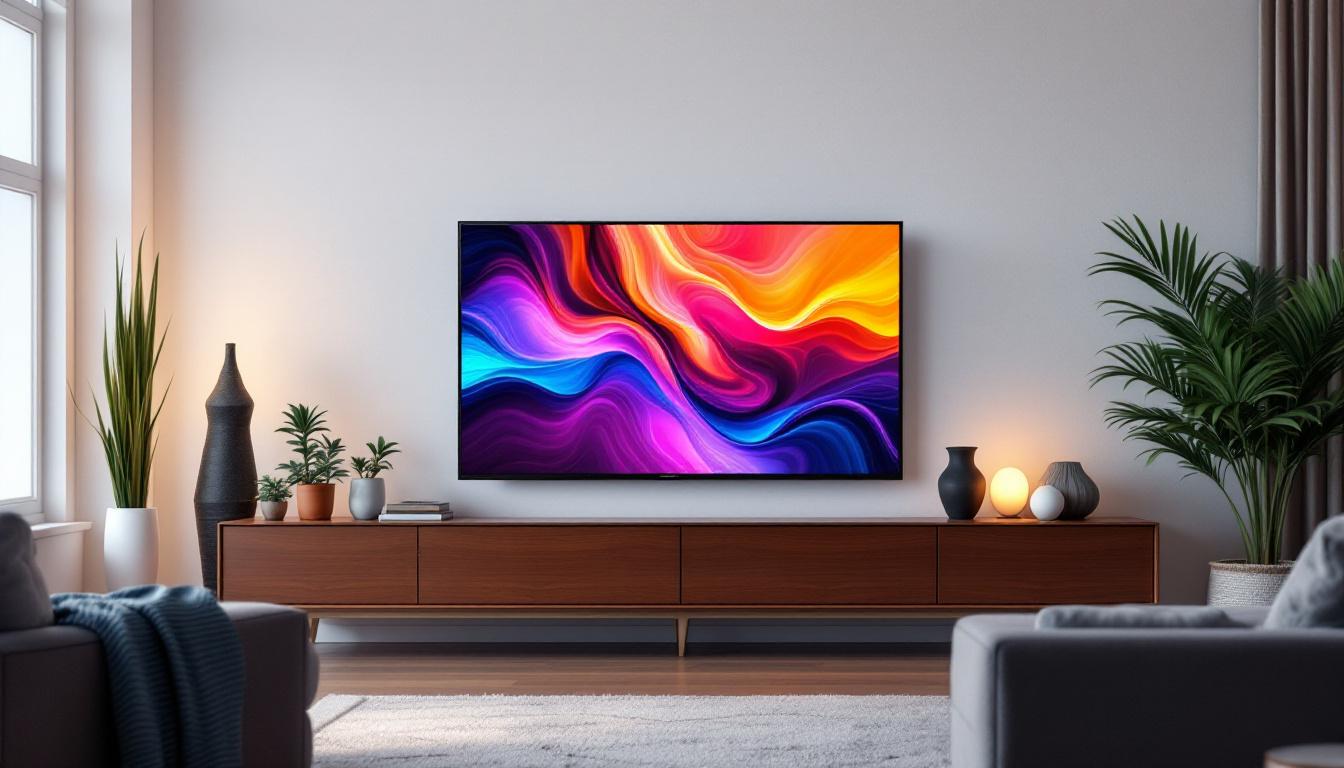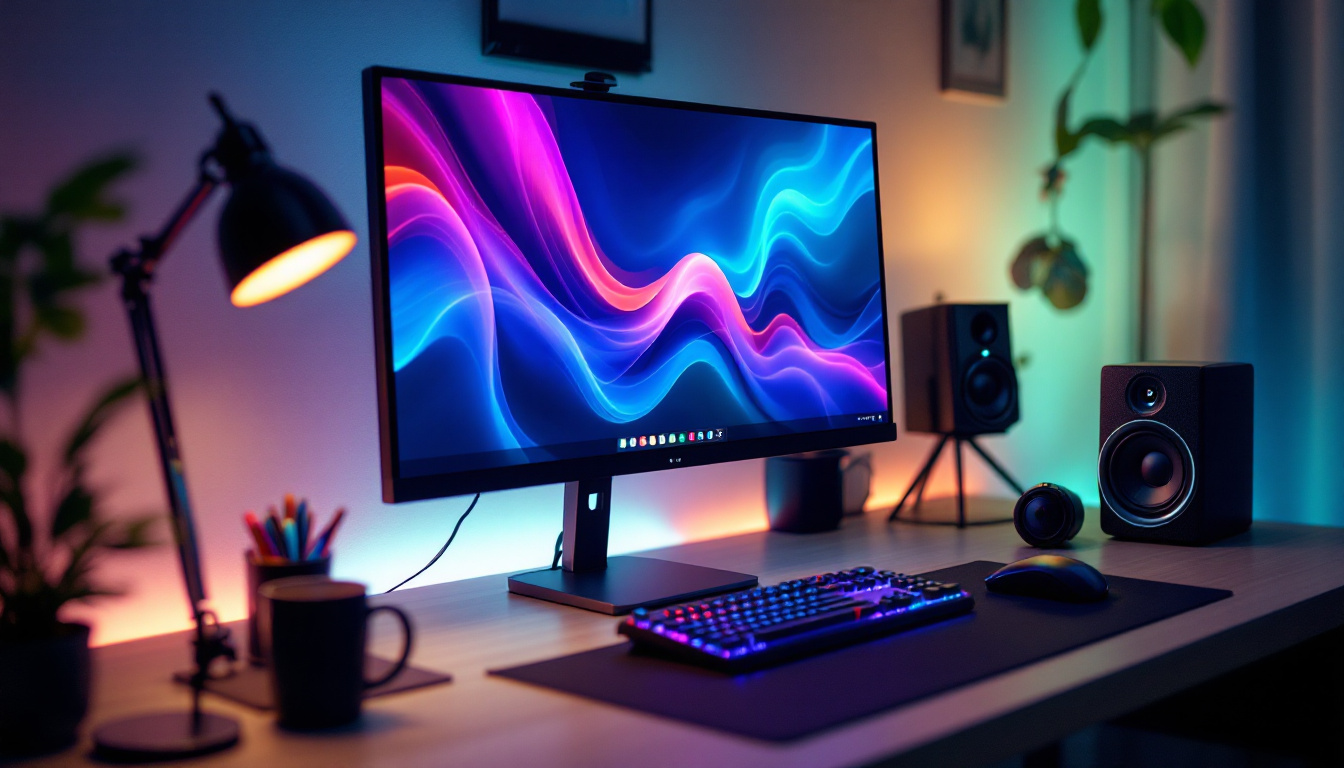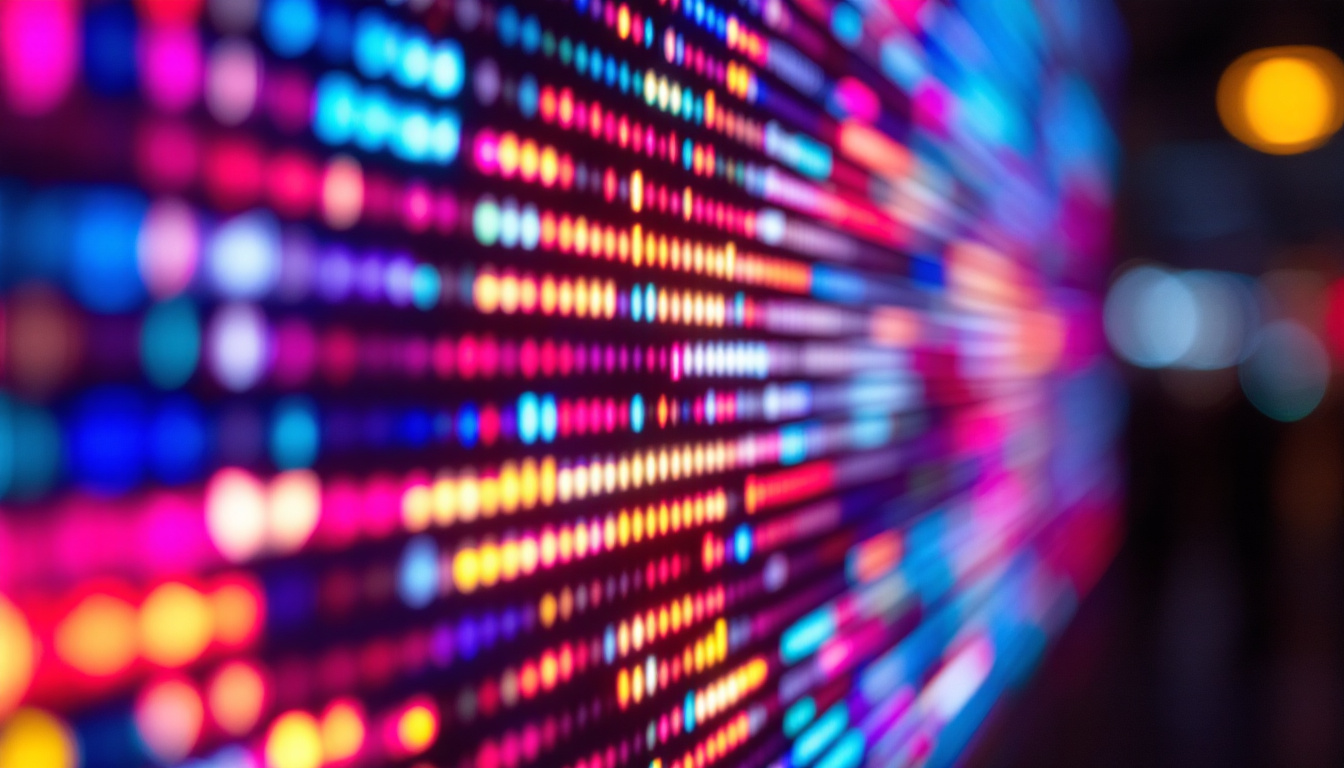In the rapidly evolving world of digital signage and display technology, LED displays have become a cornerstone for advertising, entertainment, and information dissemination. Among the many factors that influence the design and effectiveness of LED displays, the concepts of concavity and convexity play a pivotal role. Understanding these geometric principles is essential for businesses, event organizers, and technology enthusiasts aiming to optimize visual impact and audience engagement.
This article delves into the distinctions between concave and convex LED displays, exploring their design implications, practical applications, and how to choose the right type for specific environments. By the end, readers will gain a comprehensive understanding of how concavity and convexity influence LED display performance and aesthetics.
Understanding the Basics: What Are Concave and Convex LED Displays?
Defining Concavity and Convexity in Display Technology
Concavity and convexity refer to the curvature of a surface. In the context of LED displays, these terms describe the shape of the screen’s surface relative to the viewer.
A concave LED display curves inward, resembling the inside of a bowl or a cave. This means the edges of the screen curve toward the viewer, creating a wrap-around effect. Conversely, a convex LED display curves outward, similar to the exterior of a sphere, with the center protruding toward the viewer and the edges receding.
Why Curvature Matters in LED Displays
The curvature of an LED display directly affects viewing angles, immersion, and the overall visual experience. Concave screens are often designed to enhance the sense of depth and focus by enveloping the viewer’s field of vision. Convex screens, on the other hand, can provide a panoramic effect, making them suitable for certain architectural and artistic applications.
Both concave and convex LED displays require precise engineering to maintain image clarity, brightness uniformity, and color accuracy across the curved surface. Advances in LED technology have made it possible to create large, seamless curved displays that were once limited to flat panels.
Concave LED Displays: Advantages and Applications
Enhanced Immersion and Focus
Concave LED displays are particularly effective in environments where immersive viewing is a priority. By curving inward, these screens reduce peripheral distractions and create a more focused visual field. This makes them ideal for control rooms, simulation environments, and gaming arenas where users benefit from a wrap-around display that draws attention to the center.
For example, in command centers used by emergency services or military operations, concave LED walls help operators monitor multiple data streams simultaneously without losing sight of critical information. The curvature minimizes distortion and ensures consistent image quality across the entire display.
Improved Viewing Angles and Reduced Glare
One of the challenges with large flat LED displays is maintaining uniform brightness and color when viewed from different angles. Concave displays mitigate this issue by aligning the screen’s surface more directly with the viewer’s line of sight. This alignment reduces glare and reflection, enhancing visibility even in brightly lit environments.
Retail stores and museums often use concave LED displays to showcase products or exhibits with vivid detail and minimal visual interference. The inward curve helps maintain consistent image quality for viewers standing at various positions in front of the display.
Popular Use Cases for Concave LED Displays
- Control rooms: For enhanced situational awareness and data visualization.
- Gaming and esports arenas: To create immersive experiences for players and audiences.
- Corporate lobbies and showrooms: For impactful brand presentations and product launches.
- Broadcast studios: To provide dynamic backdrops that engage viewers.
Convex LED Displays: Features and Functionalities
Creating Panoramic and Sculptural Visuals
Convex LED displays curve outward, making them excellent for creating panoramic visuals that capture attention from multiple directions. Their bulging shape allows for unique artistic and architectural applications where the display acts as both a screen and a design element.
For instance, convex LED displays are often integrated into public art installations, shopping malls, and stadiums where visual impact from various angles is crucial. The outward curve can enhance visibility in large spaces, allowing audiences to engage with content from different vantage points.
Maximizing Audience Reach in Large Venues
In venues such as concert halls, sports arenas, and convention centers, convex LED displays help maximize audience reach by projecting images that are visible across wide seating areas. The curvature ensures that content is not lost to viewers seated off-center, providing a more inclusive viewing experience.
Additionally, convex displays can be designed as cylindrical or spherical structures, offering 360-degree visibility. This design is particularly effective for advertising in high-traffic urban environments, where passersby approach from multiple directions.
Common Applications of Convex LED Displays
- Public art and architectural features: To blend technology with aesthetic design.
- Sports arenas and stadiums: For wide-angle visibility and audience engagement.
- Shopping malls and airports: To capture attention in busy, multi-directional spaces.
- Trade shows and exhibitions: For standout booth designs that attract visitors.
Technical Considerations When Choosing Between Concave and Convex LED Displays
Pixel Density and Resolution Challenges
Curved LED displays require careful calibration to ensure that pixel density and resolution remain consistent across the surface. Concave and convex shapes introduce geometric distortions that must be compensated for during manufacturing and content creation.
High-resolution LED panels with fine pixel pitches (e.g., 1.5mm to 2.5mm) are preferred for curved displays to maintain image sharpness. Content must often be specially formatted to account for curvature, ensuring that images and videos appear natural and undistorted.
Installation and Structural Support
The physical installation of curved LED displays is more complex than flat panels. Concave displays require sturdy mounting systems that can support inward curvature without compromising structural integrity. Similarly, convex displays need frameworks that maintain outward bulging shapes securely.
Environmental factors such as wind load, temperature fluctuations, and vibration must be considered, especially for outdoor installations. Professional engineering and installation teams are essential to ensure safety and longevity.
Cost Implications
Curved LED displays generally come at a premium compared to flat screens due to the specialized manufacturing processes and materials involved. Concave displays may incur higher costs related to custom content creation and installation complexity. Convex displays, particularly those with 360-degree visibility, often require additional hardware and design considerations that increase overall expenses.
However, the enhanced visual impact and audience engagement potential often justify these investments, especially for high-profile commercial or public installations.
Choosing the Right Curvature for Your LED Display Project
Assessing Viewing Environment and Audience Behavior
The decision between concave and convex LED displays should start with an analysis of the viewing environment and audience behavior. If the goal is to create an immersive, focused experience for viewers positioned primarily in front of the display, a concave screen is likely the best choice.
Conversely, if the display needs to attract attention from multiple directions or cover a wide area with diverse viewing angles, a convex display or a combination of curved panels may be more effective.
Content Type and Presentation Goals
Consider the nature of the content to be displayed. Dynamic, interactive, or highly detailed content benefits from the immersive qualities of concave displays. For branding, advertising, or artistic installations aiming for broad visibility and architectural integration, convex displays offer unique advantages.
Additionally, content creators should collaborate closely with LED manufacturers to optimize visuals for the chosen curvature, ensuring the best possible audience experience.
Budget and Maintenance Considerations
Budget constraints and maintenance capabilities also influence the choice between concave and convex LED displays. While curved displays offer impressive aesthetics and functionality, they require specialized maintenance and may have higher operational costs.
Organizations should weigh these factors against the expected return on investment, considering the display’s lifespan, energy consumption, and potential for attracting and retaining audience attention.
Future Trends in Curved LED Display Technology
Advancements in Flexible and MicroLED Technologies
The future of curved LED displays is closely tied to innovations in flexible and microLED technologies. Flexible LED panels allow for more complex and seamless curvatures, enabling designers to create displays that conform to virtually any surface.
MicroLED technology, with its superior brightness, contrast, and energy efficiency, promises to enhance the visual quality of both concave and convex displays. These advancements will expand the possibilities for immersive environments and interactive installations.
Integration with Augmented Reality and Interactive Features
Curved LED displays are increasingly being integrated with augmented reality (AR) and interactive technologies. This combination allows for dynamic content that responds to viewer movements and environmental changes, creating personalized and engaging experiences.
For example, concave LED walls in retail environments may feature interactive product showcases, while convex displays in public spaces could offer real-time information overlays and social media integration.
Environmental Sustainability and Energy Efficiency
As sustainability becomes a priority, LED manufacturers are focusing on reducing energy consumption and using eco-friendly materials in curved display production. Innovations such as adaptive brightness controls and recyclable components are making curved LED displays more environmentally responsible without compromising performance.
Conclusion
The choice between concave and convex LED displays is a critical decision that impacts the effectiveness, aesthetics, and user experience of any digital signage or display project. Concave displays excel at creating immersive, focused environments with enhanced viewing angles and reduced glare, making them ideal for control rooms, gaming arenas, and corporate settings.
Convex displays, with their panoramic and sculptural qualities, are well-suited for public art, large venues, and spaces requiring multi-directional visibility. Both types demand careful technical consideration, including pixel density, installation, and cost factors.
As LED technology continues to advance, the possibilities for curved displays will expand, offering new opportunities for creative expression and audience engagement. Understanding the fundamental differences between concavity and convexity empowers decision-makers to select the best solution tailored to their unique needs and goals.
Discover the Perfect LED Display Solution with LumenMatrix
Ready to elevate your visual communication with the ideal concave or convex LED display? LumenMatrix is at the forefront of LED display innovation, offering a comprehensive range of solutions tailored to your unique needs. From immersive Indoor LED Wall Displays to captivating Outdoor LED Wall Displays and beyond, our mission is to transform your message into a powerful visual experience. Don’t wait to revolutionize your space—Check out LumenMatrix LED Display Solutions today and see the difference cutting-edge technology can make.

